Dejima Island, a must-see tourist spot in Nagasaki, was the only place open to trade with the West while the rest of the country was secluded from the outside world. Now, a number of the buildings have been rebuilt to how they looked at that time, and the area is popular as a spot where you can time-slip back to the Edo Period when the country was shut-off.
About Dejima Island
In 1636, during the Edo Shogunate, in order to prevent the spread of Christianity by the Portuguese, as well as to guard the trade routes better, a trench was dug, and the sea was allowed to fill in a canal to create a man-made island, where the Portuguese were made to live. Dejima Island is shaped like a fan, and is about 15,000 square meters in area, making it about 1/3 the size of Tokyo Dome, and at the time had the most immigrants in Japan. Afterward, in 1641, the Dutch trading outpost was moved to Dejima Island, and for the nearly 200 years till 1859, it was the only place in Japan to do business with Western countries. In trade with the Netherlands, items such as woolen fabrics, sugar, beads, and glass products were imported to Japan, and gold, silver, bronze, and ceramics were exported.
In order to preserve the historical value of the island, a project is underway to restore Dejima to how it was in the early 19th century. As of June 2019, 16 buildings have been restored, including the "Kapitan-beya" Chief Factor's Residence, and the Omotemon-Bashi Bridge that connects Dejima Island to the rest of Nagasaki was also completed, allowing you entry over the water of the canal.
The highlights of Dejima Island
Among the 16 reconstructed buildings, the must-see is the "Kapitan-beya" Chief Factor's Residence. Kapitan refers to the Chief Merchant in Portuguese, and the building was both the office and residence of the Chief Merchant and is the largest building on Dejima Island. In a room with an eclectic mix of Japanese and Western styles, putting Western furniture on the tatami mats, there is an example of a Christmas feast on the table. At the time, meals in Japan were eaten on small individual trays, so the idea of eating a meal around a table was surely surprising. Other buildings where you can take a look back at the past are the "Ichiban-kura" warehouse, where imported sugar was stored, and the "Ryori-beya", the kitchen where the food for the Chief
Western Culture Imported Through Dejima Island
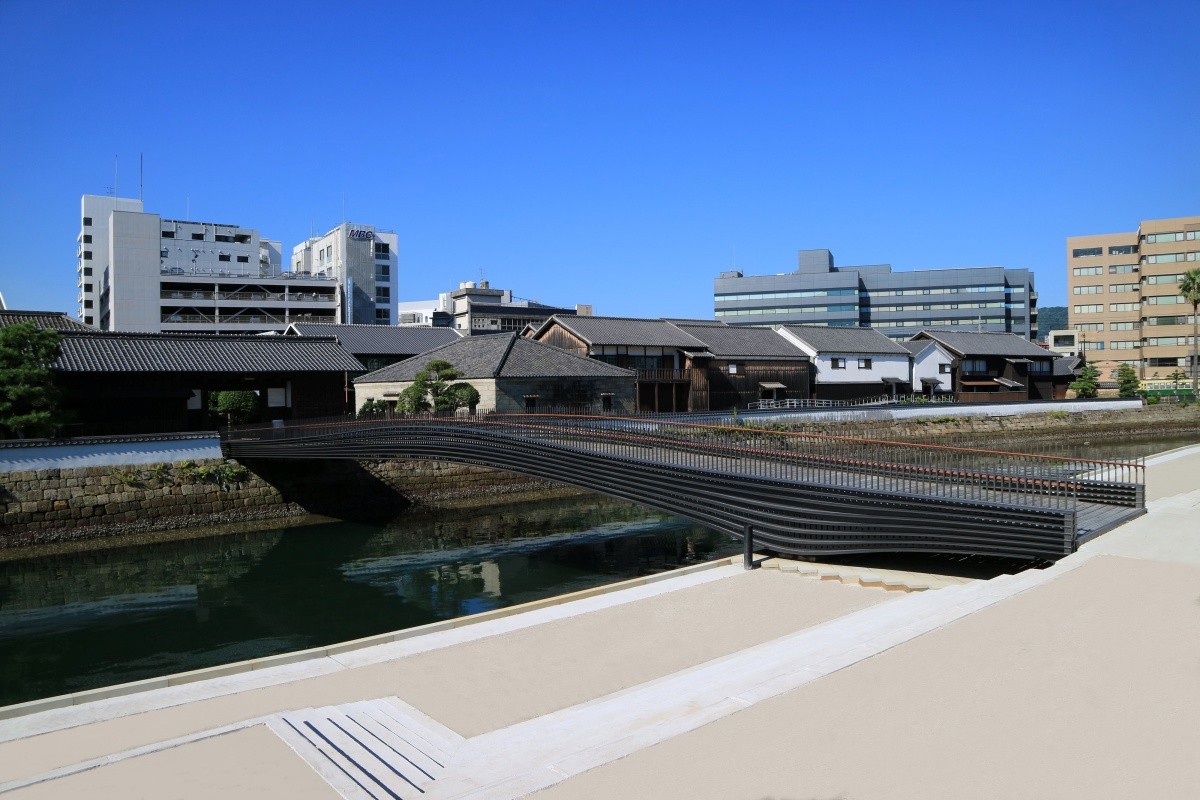
Through Dejima Island and Nagasaki, various Western cultures spread throughout Japan. For example, coffee, beer, and chocolate were all brought to Japan because they were favorites of the Dutch merchants. The Dutch merchants couldn't leave the island, so they amused themselves by playing badminton and billiards and such, which also spread to the rest of Japan. Surely, the people of Nagasaki would have been full of curiosity at seeing these rare examples of Western culture.
Access to Dejima Island
From Nagasaki Station, take the tram going to "Sofuku-ji-yuki" and get off at the "Dejima" stop. If you would prefer to take the bus, get on the "Shinchi Terminal-yuki" bus from Nagasaki Station South Exit and get off at the "Nagasaki Shinchi Terminal" bus stop and walk about 5 minutes.
Spot Information
- Spot name:Dejima Island
- Street Address:6-1, Dejima, Nagasaki-shi, Nagasaki Prefecture 850-0862
- Access: See above
- Wi-Fi: Available in some areas of the island
- Language:Official home page available in English. At the ticket booth, Japanese, English, Chinese (Traditional and Simplified), Korean and Dutch pamphlets are available.
- Ticket:510 yen
- Credit cards:Accepted
- Business Hours: 8:00 - 21:00 (Last entry 20:40)
- Visitors under 18 years old can only enter by the Omotemon-Bashi Bridge. (The Eastern and Western gates close at 18:00)
- Holidays: Open year-round
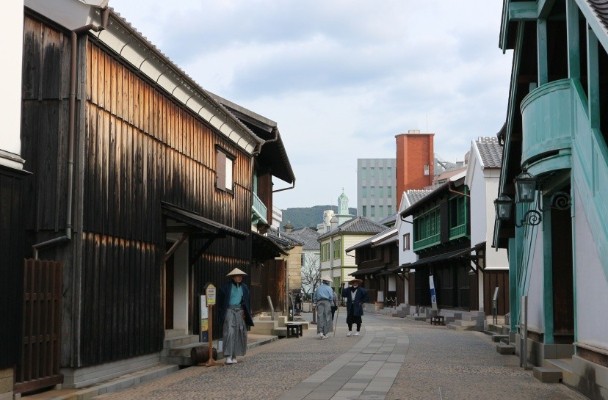
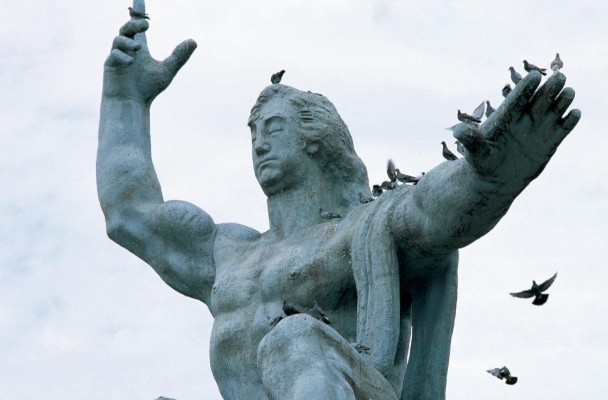
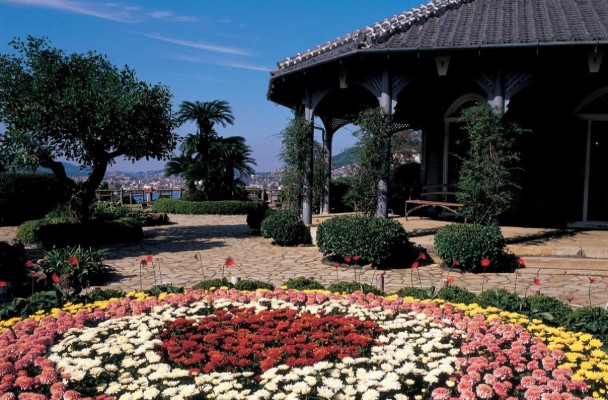

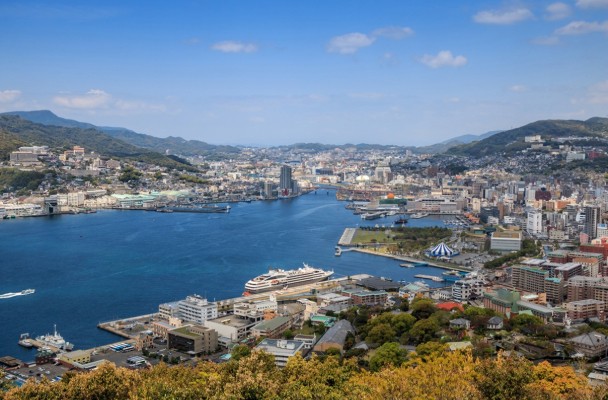
Comments